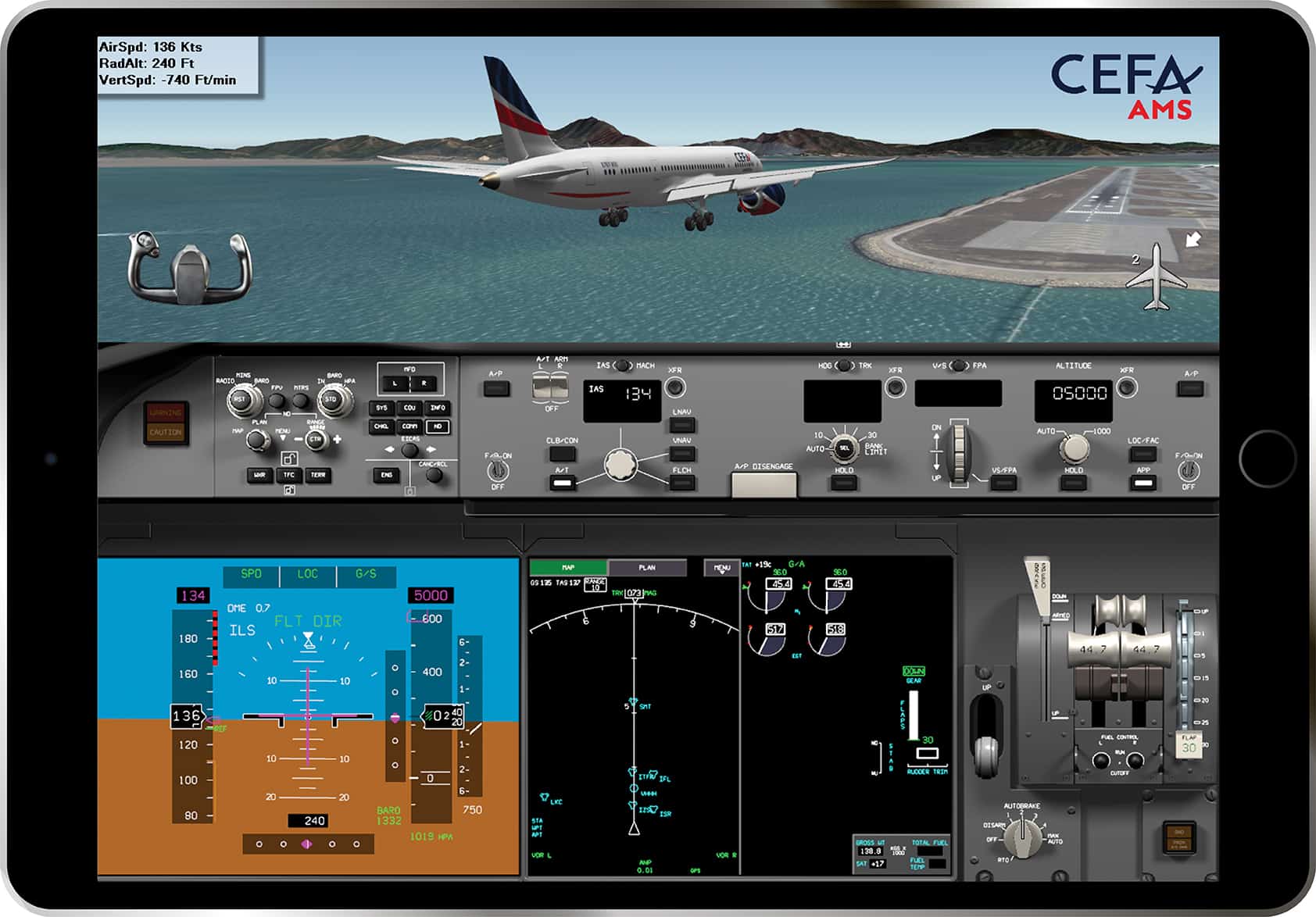An independent company with 22 years of expertise in flight data animation for Flight Safety and Pilot Training
Global pilot shortage: How can we sustain the worldwide demand?
Latest estimations for the future pilot demand show astronomical figures, between 700,000 and 800,000 in the next 20 years, depending on the sources. Can the aviation industry succeed in training so many pilots and can the quality of the teaching be maintained with such numbers? Here is the 3rd article about today’s aviation challenges.
#PilotShortage #PilotDemand #PilotTraining #FlightSafety #Aviation #Challenges
Pilot shortage: a problematic going beyond recruitment, implying training and safety
In March 2018, the Flight Safety Foundation issued a position paper called “pilot training and competency” (get it here) looking about the potential problems that will affect such growth in our industry.
3 questions were raised:
- Will we achieve the levels of safety required to meet the growth demand based on today’s criteria?
- Will we maintain a sustainable quantity and quality of pilots from our current approach?
- Are we utilizing technology, data, and experience to maximize efficiency?
The Flight Safety Foundation believes that the answer to these questions is NO. And it is time to act, NOW!
At CEFA Aviation, we are convinced that if we don’t change anything from the current approach, the flight industry will face new dramatic problems.
In a near future, huge waves of experienced pilots retiring will erode the global knowledge and airlines will be confronted with huge numbers of inexperienced flight crew members.
How can we ensure a better knowledge transfer within flight crews?
I think that the solution lies in question #3. Nowadays, in the aviation industry, we are not using the current technology available in an efficient way. Face the reality: On the one hand, we have wireless data transmission, and on the other hand, we have tablets in the cockpits, not to forget streaming possibilities.
Let’s use up-to-date technology and a correct methodology, in order to manage this challenge!
Thanks to an 18-year experience in flight data animation, 3 million lines of code developed throughout the years and based on the feedback of 80+ clients processing 15 million flights per year, a breakthrough innovation has now been achieved.
CEFA Aviation has been able to automatize the creation of animations directly from the flight data recorders and made it immediately available to the pilots.
Today’s generation is mostly relying on the internet and on visual approaches to learn. Besides all potential tutorials, what if they could replay, analyze their own performance immediately after the flight, while the crew is still together or even later on (in the crew bus, at the hotel, in the ops center or even near the swimming pool!)?

For trainees, the quality of the learning can be massively improved. By confronting the debriefing’s notes taken after the flight with an animation of the facts, trainees can take their time to better understand and visualize what the instructor exactly meant.
Typically, after a long landing, the instructor will probably make a suggestion like: “Cut the throttle a little bit earlier and start the flare a little bit later…” – BUT HOW MUCH IS A LITTLE BIT?
Today, it is a subjectively perceived value and the trainee can just hope to make an educated guess in order to correct his flight technique.

With CEFA AMS, the subjectivity of these figures can become hard facts. Out of an animation, concrete values can be read and understood so that the trainee can set himself better gates for the next flight.
Now, with an animation system showing real-time dynamic and precise figures, we can use the technology, data, and experience to maximize the efficiency of the training in daily operations!

Pierre Wannaz
Senior Advisor CEFA Aviation
Captain on A330/A340, TRI/SFE, acceptance pilot, and legal expert in accident investigation
Next to be read: keep your eyes peeled next Tuesday, 30th October 2018 to discover a new concept: “Digital Age Debriefing 2.0”!
If you wish to discuss more about flight debriefing, contact Pierre via LinkedIn or via this contact form, or come & meet us:
on CEFA Aviation stand, booth #11
at the European Airline Training Symposium (EATS)
on 6th-7th November 2018
in Madrid, Spain, organized by Halldale!


Pilot training challenges: Discover new approaches!
Pilot training devices versus line operations: a brand new approach to enhance training in civil aviation